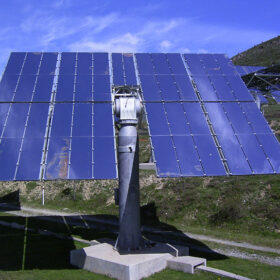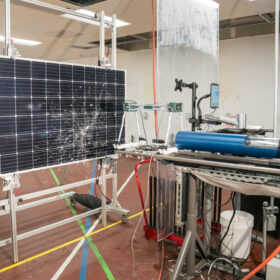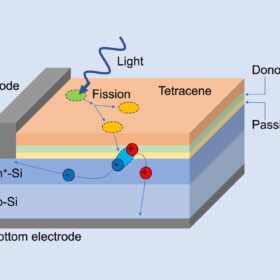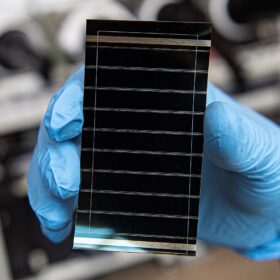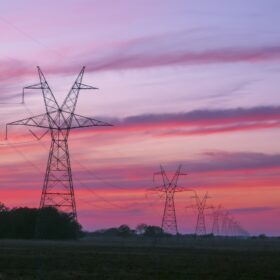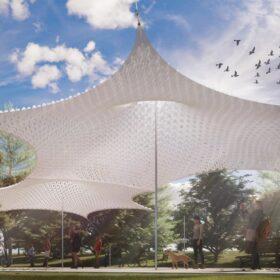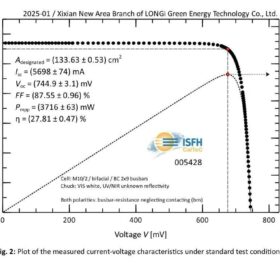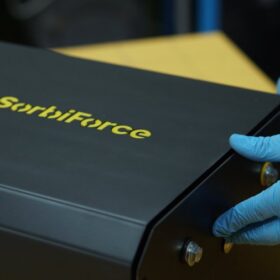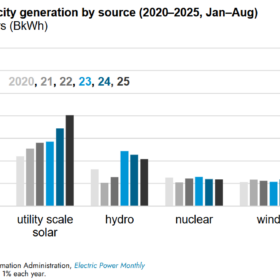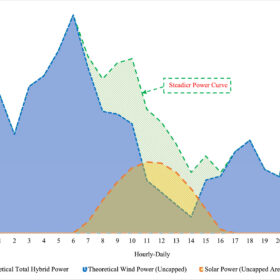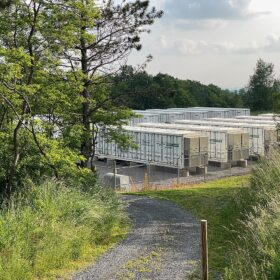CSP-driven multigeneration system combines hydrogen generation with compressed air, pumped hydro storage
Researchers have designed a novel multigeneration energy system that provides five outputs, namely electricity, hydrogen, cooling, heating, and hot water. The system is mainly powered by a solar heliostat system and incorporates compressed air and pumped hydro storage technologies for storing surplus power.
Module reliability scorecard reveals widespread quality risk
Independent testing laboratory Kiwa-PVEL today published the 11th edition of its PV Module Reliability Scorecard, having extensively tested PV modules from 50 different manufacturers.
Department of Energy axes $3.7 billion in clean energy demonstration funding
DOE said the projects “failed to advance the energy needs of the American people.”
MIT scientists developing silicon solar cell based on singlet exciton fission
Scientists in the United States have designed a microwire solar cell that could reportedly enable the coupling of singlet fission with silicon. Key to their achievement was an interface that transfers the electrons and holes sequentially into silicon instead of both at once.
Inverted perovskite solar cell based on ionic salt achieves 26% efficiency
An international team led by the U.S. National Renewable Energy Laboratory (NREL) has used ionic salt for the electron transport layer of a perovskite solar cell to improve device stability and performance. Test results showed a 26% power conversion efficiency with 2% degradation after 2,100 hours of 1-sun operation at 65 C.
AI platform brings real-time carbon tracking to solar and storage
WattCarbon’s ‘Aristotle’ provides granular data on asset performance and emissions profiles.
Cornell researchers bring art and science to flexible solar ‘skin’
In a pilot project the researchers plan to create a portable, dual-axis canopy of approximately 150 square feet that will morph and track the sun to optimize solar energy capture.
Longi claims world’s highest efficiency for silicon solar cells
Longi said it has achieved a 27.81% efficiency rating for a hybrid interdigitated back contact, as confirmed by Germany’s Institute for Solar Energy Research Hamelin (ISFH).
Carbon battery startup aims to make energy storage circular
SorbiForce, a Ukrainian energy storage company now in Arizona, has developed metal-free organic batteries made entirely from agricultural waste.
Scientists propose manufacturing process to build perovskite solar cells on the Moon
German scientists believe that power generation for future habitats on the moon could be achieved by manufacturing halide perovskite cells locally, using regolith-based moonglass.
